Archives
- 2025-12
- 2025-11
- 2025-10
- 2023-07
- 2023-06
- 2023-05
- 2023-04
- 2023-03
- 2023-02
- 2023-01
- 2022-12
- 2022-11
- 2022-10
- 2022-09
- 2022-08
- 2022-07
- 2022-06
- 2022-05
- 2022-04
- 2022-03
- 2022-02
- 2022-01
- 2021-12
- 2021-11
- 2021-10
- 2021-09
- 2021-08
- 2021-07
- 2021-06
- 2021-05
- 2021-04
- 2021-03
- 2021-02
- 2021-01
- 2020-12
- 2020-11
- 2020-10
- 2020-09
- 2020-08
- 2020-07
- 2020-06
- 2020-05
- 2020-04
- 2020-03
- 2020-02
- 2020-01
- 2019-12
- 2019-11
- 2019-10
- 2019-09
- 2019-08
- 2019-07
- 2019-06
- 2019-05
- 2019-04
- 2018-07
-
Glycogen synthase kinase GSK is an evolutionarily conserved
2022-07-08

Glycogen synthase kinase-3β (GSK-3β) is an evolutionarily conserved serine/threonine kinase that plays multifaceted role in diverse cellular and neurophysiological processes [8]. GSK-3β is regulated by inhibitory serine and stimulatory tyrosine phosphorylation on Ser9 and Tyr216 respectively [9]. Dy
-
br The presence of an
2022-07-08

The presence of an active glyoxalase pathway in an apicomplexan parasite was first reported in Plasmodium falciparum-infected erythrocytes (Vander Jagt et al., 1990). Some years later, glyoxalase I and both glyoxalase II enzymes were characterized in this parasite (Akoachere et al., 2005, Iozef et
-
Xie et al b reported that the combination of diagnostic
2022-07-08
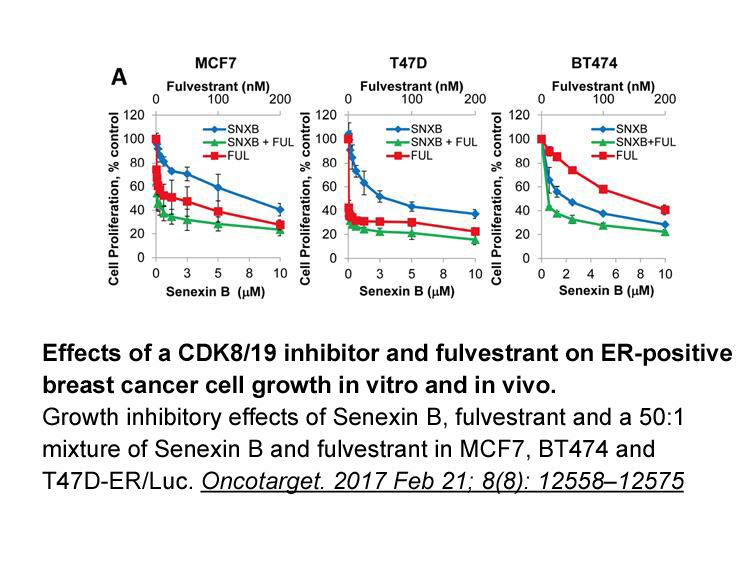
Xie et al. (2009b) reported that the combination of diagnostic ultrasound impulses and cyclic RGD-bearing MBs targeted for GP IIb/IIIa resulted in the successful recovery of epicardial and microvascular blood flow in swine models with acute thrombotic occlusion. It is well known that the stability o
-
Na K ATPase adenosine triphosphate
2022-07-08
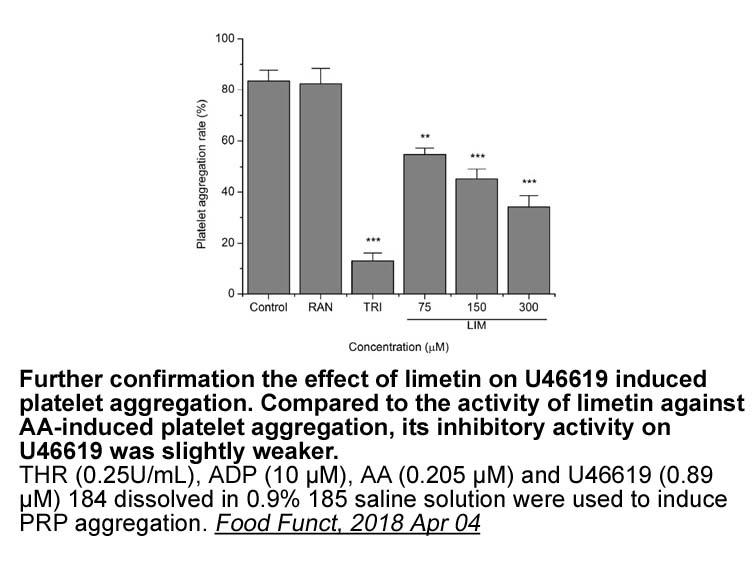
Na+/K+-ATPase, LEE011 and astrocytic glutamate transporters act together to maintain sodium and potassium gradients and the proper activities of EAAT1 and EAAT2 (Rose et al., 2009; Sheean et al., 2013); nevertheless, in present study, Na+/K+-ATPase activity was shown to be increased as from 24 h. I
-
Transient forebrain ischemia in rodents induces a reduction
2022-07-08

Transient forebrain ischemia in rodents induces a reduction in expression of mRNA encoding the AMPA receptor subunit GluR265, 66, 67, 68, 69 (Fig. 3). gluR2 mRNA expression is markedly reduced in the CA1 region (the PD 151746 region most vulnerable to ischemia-induced damage), but not in the CA3 re
-
Glucagon was described as an insulin secretagogue as early
2022-07-07

Glucagon was described as an insulin secretagogue as early as 1965 (Samols et al., 1965). Our studies extend these findings by demonstrating that this is a direct effect mediated by distinct receptors in the mouse pancreas. Previous experiments on isolated β GSK2334470 clearly show that glucagon is
-
One important discovery of our study is the identification
2022-07-07
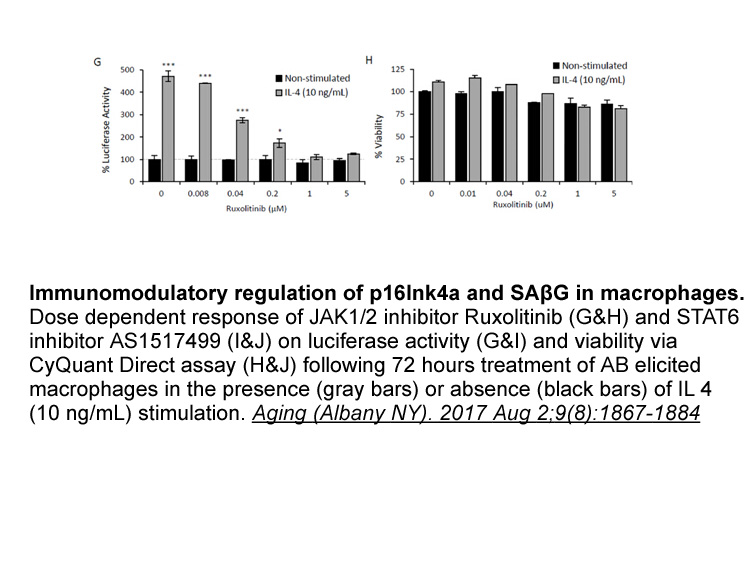
One important discovery of our study is the identification of a pharmacological mechanism for the macrolide antibiotic erythromycin (EM) in promoting joint health. EM is a commonly used antibiotic that directly binds bacterial ribosomes to inhibit protein synthesis [66]. Although EM-like macrolide i
-
Recent research has focused on
2022-07-07
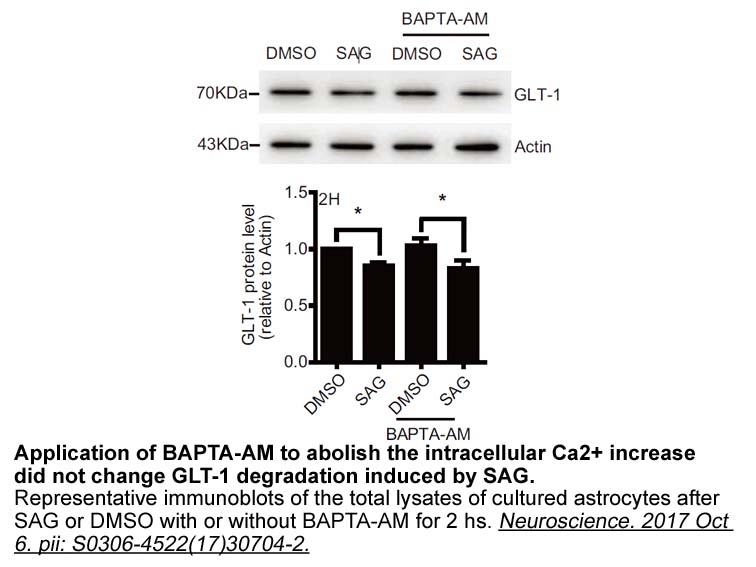
Recent research has focused on identifying key agonists and receptors mediating nutrient-induced GLP-1 and insulin secretion. The long-chain fatty Fmoc-Cys(Trt)-ol synthesis receptor GPR40 is the most abundant GPCR expressed in islet β cells and is also expressed on intestinal L-cells, where it cont
-
Clinical data showed TAK was rapidly absorbed
2022-07-07

Clinical data showed TAK-875 was rapidly absorbed with a half-life of 28-30h and clearance primarily through glucouronidation in the liver with minimal urinary clearance [30]. TAK-875 made the glycosylated hemoglobin (HbA1c) levels fall significantly from baseline after 24-week administration in onc
-
br Fenton reaction based nanomaterials for ferroptosis In Fe
2022-07-07

Fenton reaction-based nanomaterials for ferroptosis In Fenton reaction, H2O2 is converted by Fe2+ or Fe3+ to highly oxidative ROS (Eqs. (1) and (2)), which is commonly used to catalyze the degradation of refractory organics [34]. Since the tumor microenvironment is characterized by low acidity an
-
Liver and muscle isozymes have been found in
2022-07-07
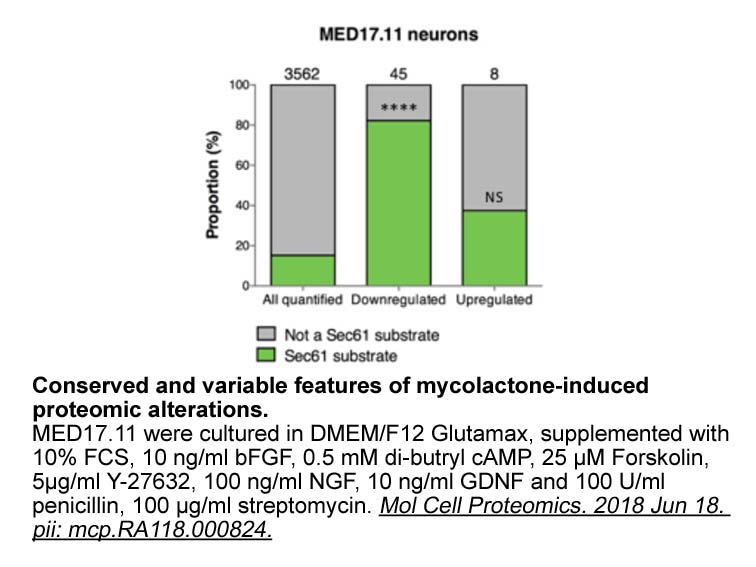
Liver and muscle isozymes have been found in vertebrate tissues [2], [5], [6]. The liver FBPase is recognized as a regulatory enzyme of gluconeogenesis. The muscle isozyme participates in the glycogen synthesis from lactate and in the regulation of glycolysis [7], [8], [9]. The basic difference betw
-
Integrase inhibitors have been licensed for use
2022-07-06
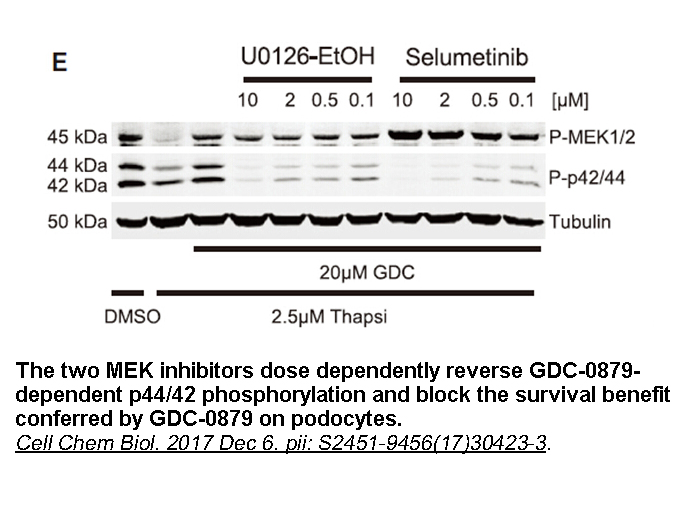
Integrase inhibitors have been licensed for use in the UK since 2008. BHIVA now recommend starting all treatment naïve patients on a regimen containing two NRTIs, plus one of the following: a ritonavir boosted PI, an NNRTI, or an integrase inhibitor. They make further recommendations for patients wi
-
The multiple regression analysis showed that testing during
2022-07-06

The multiple regression analysis showed that testing during summer and autumn was associated with higher histamine reactivity, which could be associated with the presence of pollen in the air. Gamboa et al. reported that more histamine was released during spring and autumn than during the other two
-
The initial hyperproliferation phase during crypt regenerati
2022-07-06

The initial hyperproliferation phase during crypt regeneration is reminiscent of the effects of Apc loss during tumour initiation and genetic studies show Yap and Taz are also required for adenoma formation in mice [10••, 12•, 13]. Furthermore, Yap activation by Mst1/2 or Sav deletion increases cry
-
An important aspect of macrophage biology highly
2022-07-06

An important aspect of macrophage biology, highly influenced by HO-1 activity, is macrophage polarization. The broadest classification, based on the in vitro stimulation, surface marker expression, and inflammatory cytokines production, describes macrophages as classically activated, proinflammatory
11193 records 105/747 page Previous Next First page 上5页 101102103104105 下5页 Last page